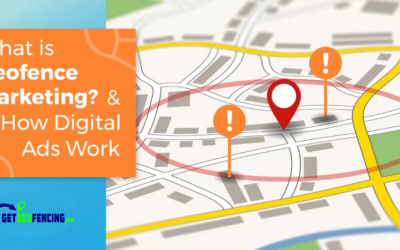Mastering Geofence Marketing: Targeted Reach, Cost-Effectiveness, and Success
This article provides an overview of geofence marketing, explains how it works, and discusses its benefits, effective strategies, key metrics for success, implementation steps, successful campaigns, and a comprehensive solution.
Overview of Geofence Marketing
Geofence marketing, a subset of location-based marketing, is a powerful strategy with the potential to revolutionize the way businesses engage with their audiences. This sophisticated approach involves setting up virtual boundaries around a specific geographic location, such as a business’s physical point of sale or a strategic point of interest. When potential customers cross these boundaries, they are served with targeted advertisements, effectively turning casual passersby into potential leads. Geofence marketing works by leveraging the power of global positioning systems (GPS) and radio frequency identifiers like Bluetooth to create these virtual boundaries. The technology ensures that promotional content is delivered in a timely and location-specific manner, reaching potential customers when they are most likely to engage with the business [2,4].
This level of precision targeting is a stark contrast to traditional mass advertising methods, which often rely on a broad and undifferentiated reach. Geofence marketing allows businesses to send personalized and relevant messages to a highly targeted audience, increasing the likelihood of engagement and conversion [1,2]. For instance, a retail store could set up a geofence around its location and send promotional messages to individuals within this boundary, effectively driving foot traffic and boosting sales. Similarly, a restaurant could set up a geofence around a busy business district during lunch hours, enticing workers with attractive meal deals. The potential of this targeted and timely advertising approach is immense, offering businesses a cost-effective solution with the potential for high returns on investment.
Beyond the immediate benefits of reaching potential customers in the vicinity, geofence marketing also offers businesses the opportunity to gain deeper insights into their customers’ behaviors and preferences. By analyzing the data collected from these geofenced areas, businesses can understand when and where their customers are most active, what kind of offers attract them, and how they interact with the advertising content. This valuable information can be used to refine marketing strategies, enhance customer experiences, and ultimately drive business growth [1,2].
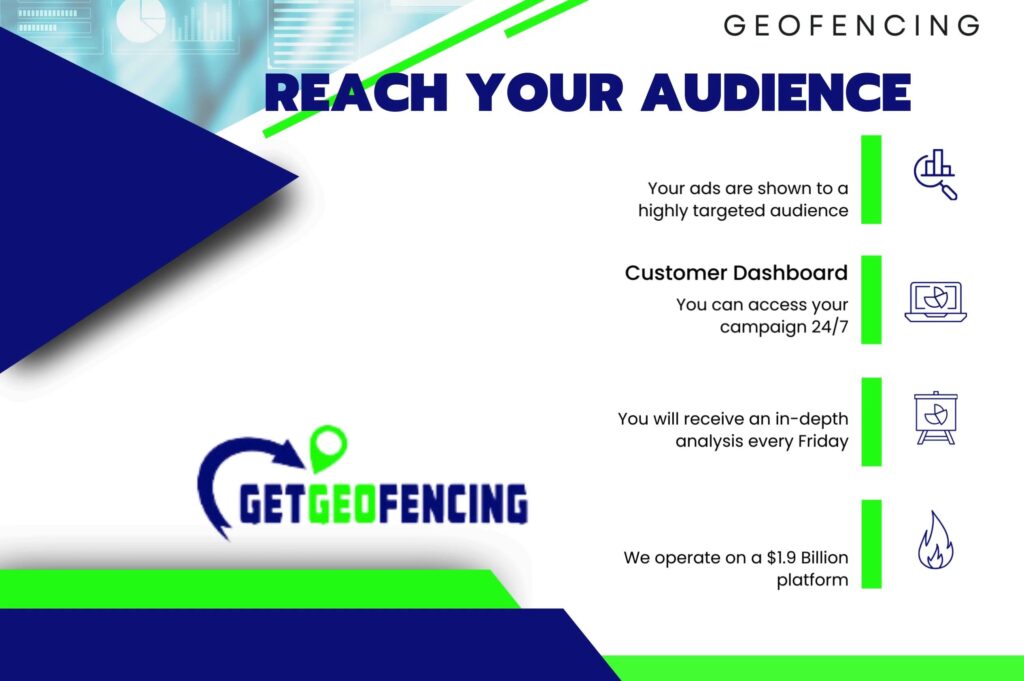
Understanding the Benefits of Geofence Marketing
The benefits of geofence marketing extend beyond its immediate impact on business visibility and customer engagement. One of the most compelling advantages of this marketing approach is its ability to deliver targeted content to potential customers in specific geographic locations. For example, a local bookstore could use geofence marketing to send promotional notifications to individuals within a certain radius, effectively reaching book lovers who are likely to visit the store.
The cost-effectiveness of geofence marketing is another significant benefit. By focusing their marketing efforts on a specific geographic area, businesses can optimize their advertising spend and avoid wasting resources on reaching an audience that is unlikely to convert. A gym, for instance, can set up a geofence around a residential area and target individuals who are likely to be interested in fitness memberships, thereby maximizing the efficiency of their marketing budget [1,2].
The strategic flexibility offered by geofence marketing is another key advantage. Businesses can adjust the size, location, and timing of their geofences based on various factors such as customer behavior, time of day, and specific business scenarios. A cafe, for example, could set up a larger geofence in the morning to target commuters on their way to work, and a smaller one in the afternoon to target local residents and office workers on their lunch break. This adaptability allows businesses to respond to real-time conditions and optimize their marketing campaigns for the highest possible impact.
Moreover, geofence marketing can enhance the customer experience by delivering personalized and relevant content. By analyzing the behavior and preferences of the customers within the geofence, businesses can tailor their advertising messages to meet the specific needs and interests of their target audience. A boutique clothing store, for instance, could send personalized fashion tips and product recommendations to individuals within its geofence, fostering a more engaging and personalized shopping experience [1,2,4].

Effective Geofence Marketing Strategies
Implementing effective geofence marketing strategies requires a deep understanding of the target audience and the specific geographic area. Detailed demographic research can provide valuable insights into the behaviors, preferences, and habits of the potential customers within the geofence. For example, a fast-food restaurant targeting college students could analyze the peak campus hours, popular hangout spots, and common dining habits to optimize its geofence marketing strategy.
The placement of the geofence is another crucial factor in formulating an effective geofence marketing strategy. Businesses should strategically place geofences around high-traffic areas, competitor locations, or specific points of interest to maximize the exposure of their marketing messages. For instance, a coffee shop located near a busy train station might place a geofence around the station to target commuters during peak travel hours, thereby increasing the likelihood of attracting customers.
Timing is another key element in geofence marketing. Businesses should consider the time of day and specific scenarios when delivering targeted ads through geofencing. A restaurant, for instance, could schedule its geofenced ads to be delivered during peak dining hours, optimizing the chances of reaching potential customers who are actively searching for dining options at that time.
Ensuring the accuracy of data is crucial in geofence marketing. Accurate and up-to-date location data can prevent wasted advertising spend by ensuring that marketing messages are reaching the desired audience within the specified geographic boundaries. For instance, a retail store could leverage real-time location data to ensure that their promotional offers are delivered to individuals who are currently within the vicinity of the store. In addition, businesses can utilize advanced targeting techniques such as context targeting, content targeting, retargeting, and dayparting to optimize their geofence marketing campaigns. By ensuring that the right message reaches the right audience at the right time, businesses can significantly enhance the effectiveness of their marketing efforts.
In addition to these strategies, businesses should also consider the role of creative content in enhancing the effectiveness of their geofence marketing campaigns. Engaging and compelling content can significantly increase the conversion rates of geofence marketing campaigns. This could include eye-catching images, compelling ad copy, and clear calls to action that motivate the audience to engage with the ad and take the desired action.
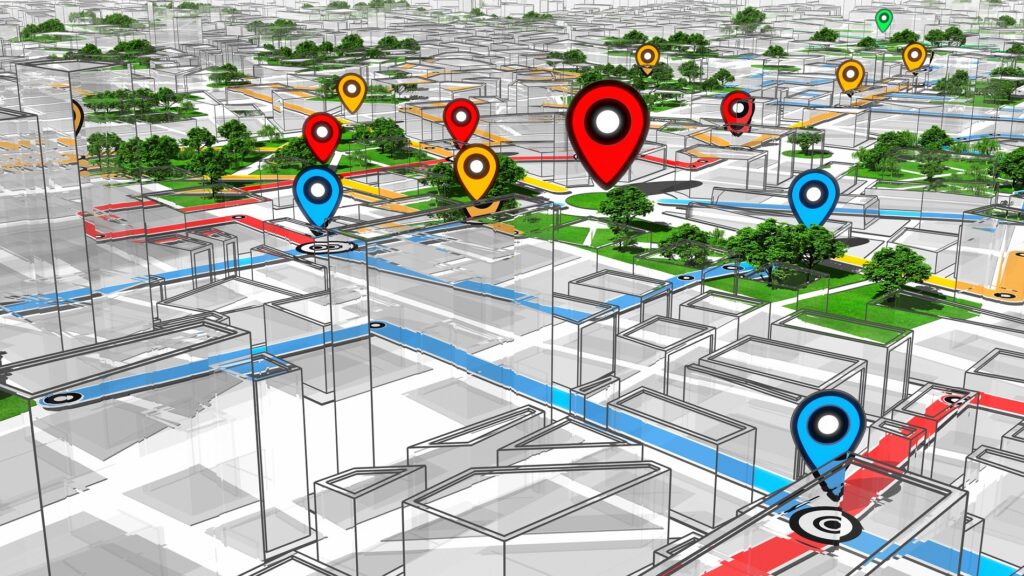
Key Metrics for Geofence Marketing Success
Monitoring key metrics is crucial for assessing the success of geofence marketing campaigns. Impressions, which represent the number of times an ad is displayed within the geofenced area, can provide insights into the visibility and reach of the marketing content. For example, a high number of impressions for a retail store’s promotional ad could indicate a high level of brand awareness and interest among the local population.
Reach, which represents the unique number of devices that have received the marketing content, provides insights into the actual audience size and potential market penetration. For example, if a local bakery’s geofence marketing campaign reaches a significant number of unique devices, it could indicate strong market penetration and interest in the bakery’s offerings.
Visit attribution is another key metric that allows businesses to link in-store visits to their geofence marketing activities. By analyzing location data from mobile devices, businesses can determine the number of individuals who were exposed to the marketing content and subsequently visited their premises. For instance, a clothing store could use visit attribution data to assess the impact of its geofence marketing campaign on foot traffic and sales.
Conversions, or the desired actions taken by potential customers as a result of the geofence marketing, provide a direct measure of the campaign’s effectiveness. For a restaurant, this could be the number of individuals who visited the premises and made a purchase after receiving a promotional offer through geofence marketing. Additionally, the cost per acquisition metric allows businesses to assess the efficiency of their geofence marketing campaigns by calculating the average cost incurred for acquiring a new customer. A low cost per acquisition would indicate a high return on investment for the marketing campaign.
In addition to these key metrics, businesses should also consider factors such as customer engagement and satisfaction when evaluating the success of their geofence marketing campaigns. By analyzing customer reviews and feedback, businesses can gain insights into the effectiveness of their marketing content and identify areas for improvement.
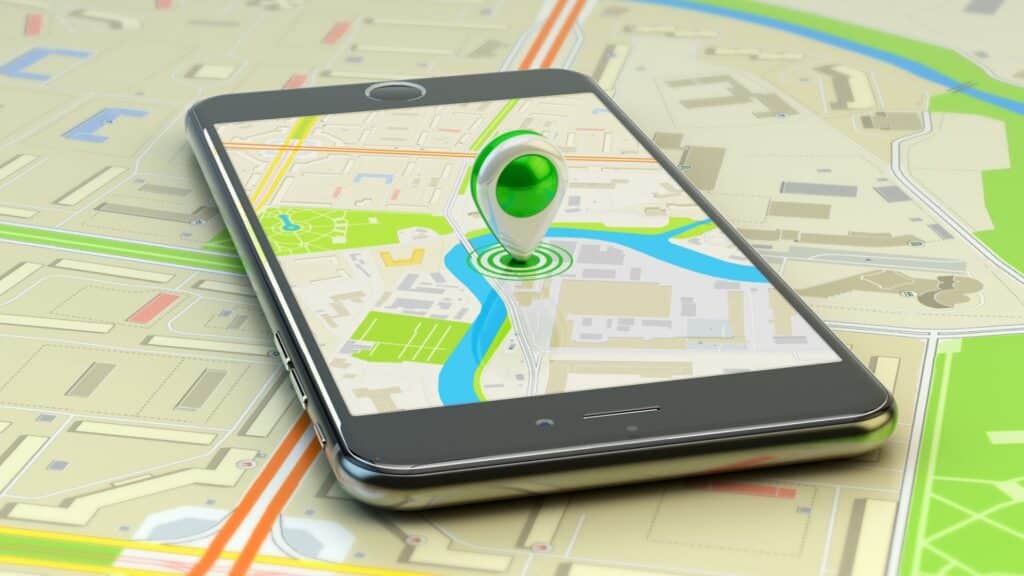
Implementing Geofence Marketing
Implementing geofence marketing into a business’s marketing strategy requires a comprehensive understanding of the target audience and a clear call to action. For example, a local gym could utilize geofence marketing to target health-conscious individuals within a specific radius, encouraging them to sign up for a membership with a compelling call to action.
Respecting privacy is another crucial aspect of implementing geofence marketing. Businesses should always obtain consent from individuals before sending them location-based marketing messages. This helps build trust and ensures compliance with privacy regulations. For example, a coffee shop could use geofence marketing to send promotional offers to customers who have opted in to receive location-based notifications.
Utilizing tools and analytics is also essential for effective implementation of geofence marketing. Advanced tools can provide real-time insights into customer behavior within the geofenced area, enabling businesses to optimize their marketing messages and strategies based on data-driven insights. For instance, a retail store could use analytics tools to track foot traffic patterns and customer engagement within the geofenced area, helping them refine their marketing strategy and improve customer experience.
When implementing geofence marketing, businesses should also consider integrating their geofence marketing efforts with other marketing strategies. This holistic approach can enhance the overall effectiveness of their marketing campaigns and provide a seamless customer experience. For example, businesses could combine geofence marketing with social media marketing to reach their audience on multiple platforms and create a consistent brand message [1,2].
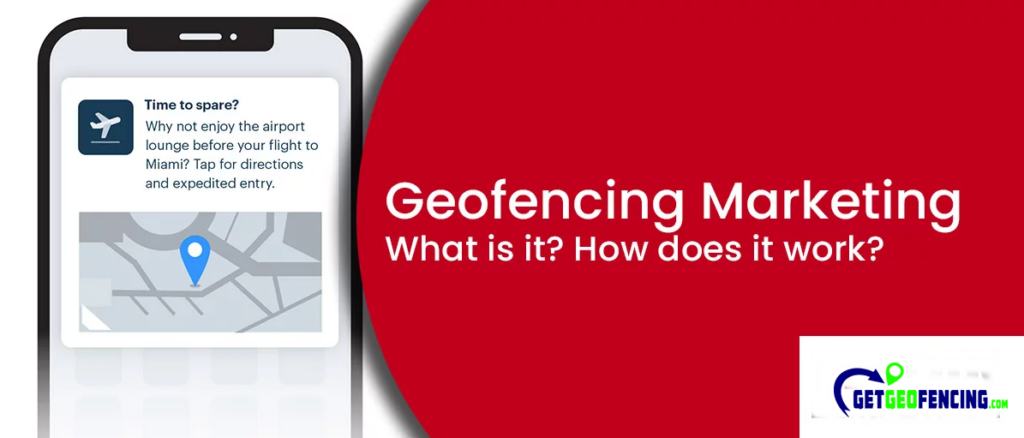
Case Studies of Successful Geofence Marketing Campaigns
Several businesses have successfully leveraged geofence marketing to drive engagement, increase sales, and achieve their business objectives. One such example is Billups and Media Storm, which used geospatial data to accurately measure impressions, conversions, and store visits, resulting in increased foot traffic and sales for their clients.
Taco Bell is another success story, having used geofence marketing to drive a significant increase in annual sales. By sending targeted ads and notifications to mobile devices within specific boundaries around their locations, Taco Bell was able to effectively reach and engage potential customers, leading to a significant increase in sales.
In addition to these examples, other businesses such as the History Channel, Burger King, BMW, and American Eagle have also implemented successful geofence marketing campaigns. By leveraging the capabilities of geofence marketing, these businesses were able to increase brand awareness, drive foot traffic, and boost sales, demonstrating the power and potential of this marketing approach.
These success stories underline the potential of geofence marketing as a cost-effective, targeted, and impactful marketing tool. They also highlight the importance of strategic planning, accurate data, and creative content in executing successful geofence marketing campaigns [1,4].
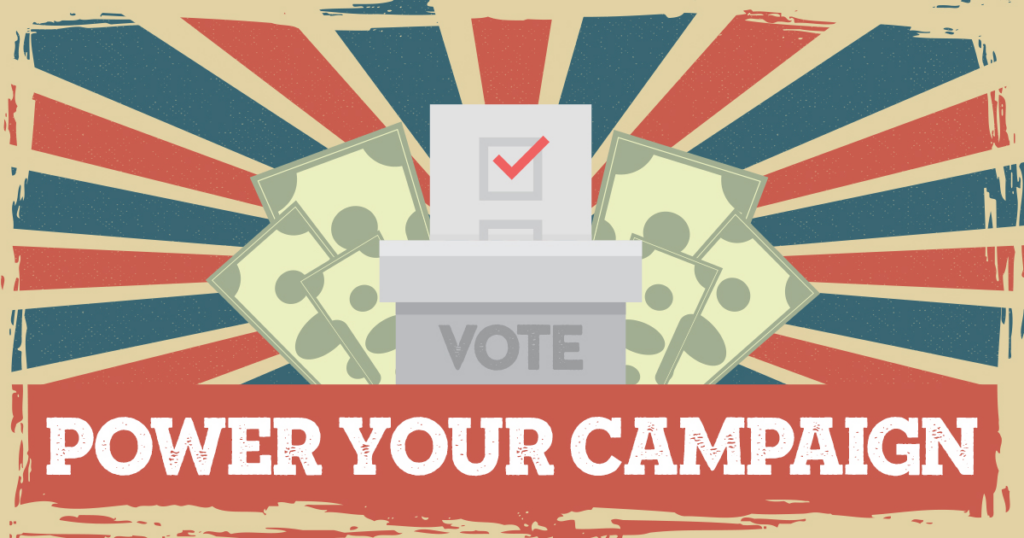
Getgeofencing: A Comprehensive Geofence Marketing Solution
Getgeofencing is a leading provider of comprehensive geofence marketing solutions. With over 26 years of experience in digital marketing, Getgeofencing offers a range of services including programmatic display options, addressable geofencing, and digital television advertising [3]. These services are designed to help businesses optimize their marketing strategies and achieve a higher return on investment.
Getgeofencing’s services extend beyond the provision of geofence marketing solutions. The company also offers strategic advice and insights, helping businesses understand their target audience, develop effective marketing strategies, and optimize their campaigns for the highest return on investment. One of the businesses that benefited from Getgeofencing’s services is a small business in Los Angeles, CA. Through Getgeofencing’s tailored solutions, the business was able to significantly increase foot traffic and customer engagement, leading to a substantial increase in sales.
In addition to providing high-quality geofence marketing solutions, Getgeofencing also places a strong emphasis on customer service. The company is committed to listening to its clients, understanding their unique needs, and developing customized solutions to help them achieve their business objectives. This customer-centric approach, combined with Getgeofencing’s expertise in digital marketing, makes it a reliable partner for businesses seeking to leverage the power of geofence marketing.

The Cost of Geofence Marketing
Geofence marketing is a cost-effective marketing solution that provides businesses with a high return on investment. The cost of geofence marketing campaigns typically ranges from $4 to $15 CPM, making it an affordable option for businesses of all sizes. The flexibility in pricing allows businesses to tailor their geofence marketing strategies to fit within their budget constraints.
For example, a local restaurant could utilize geofence marketing to target potential customers within a specific radius of their location. By setting up a virtual boundary around the restaurant, they can deliver targeted ads to individuals who are in the vicinity, effectively promoting their business at a cost that aligns with their marketing budget.
In addition to the cost range, other factors can also influence the overall cost of geofence marketing. These include the size and number of geofences, the amount of reporting data required for local performance tracking, and the degree of data layering needed for the geofencing campaigns. By taking these factors into account, businesses can plan their geofence marketing budgets effectively and ensure that they are maximizing the return on their investment.
While the cost-effectiveness of geofence marketing is a significant advantage, it’s important to remember



